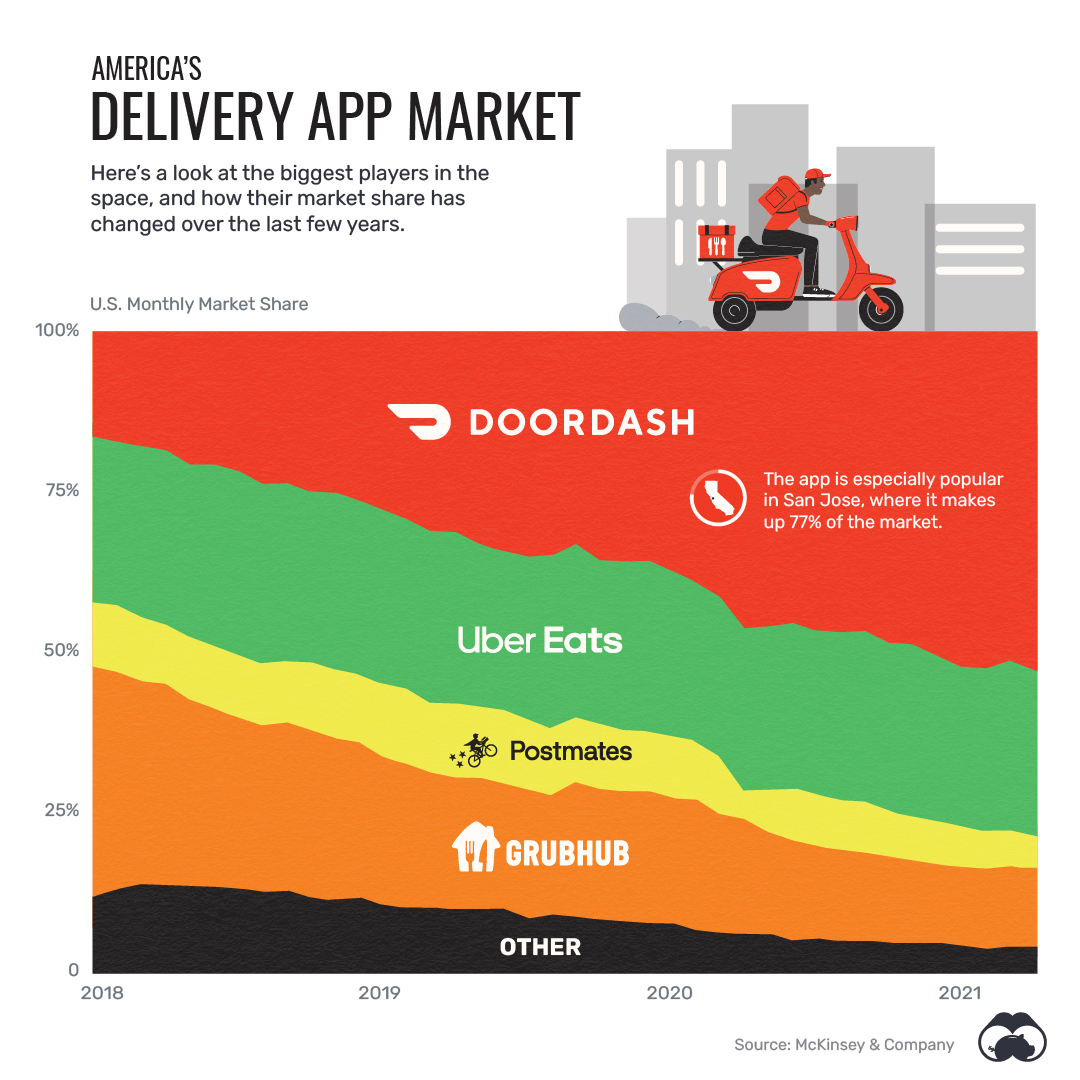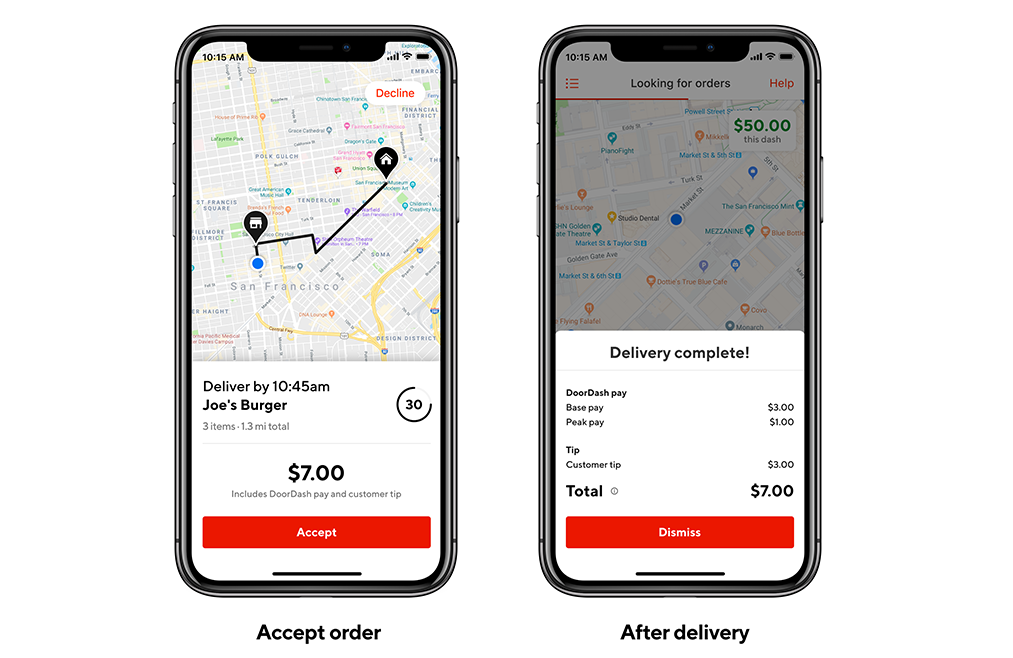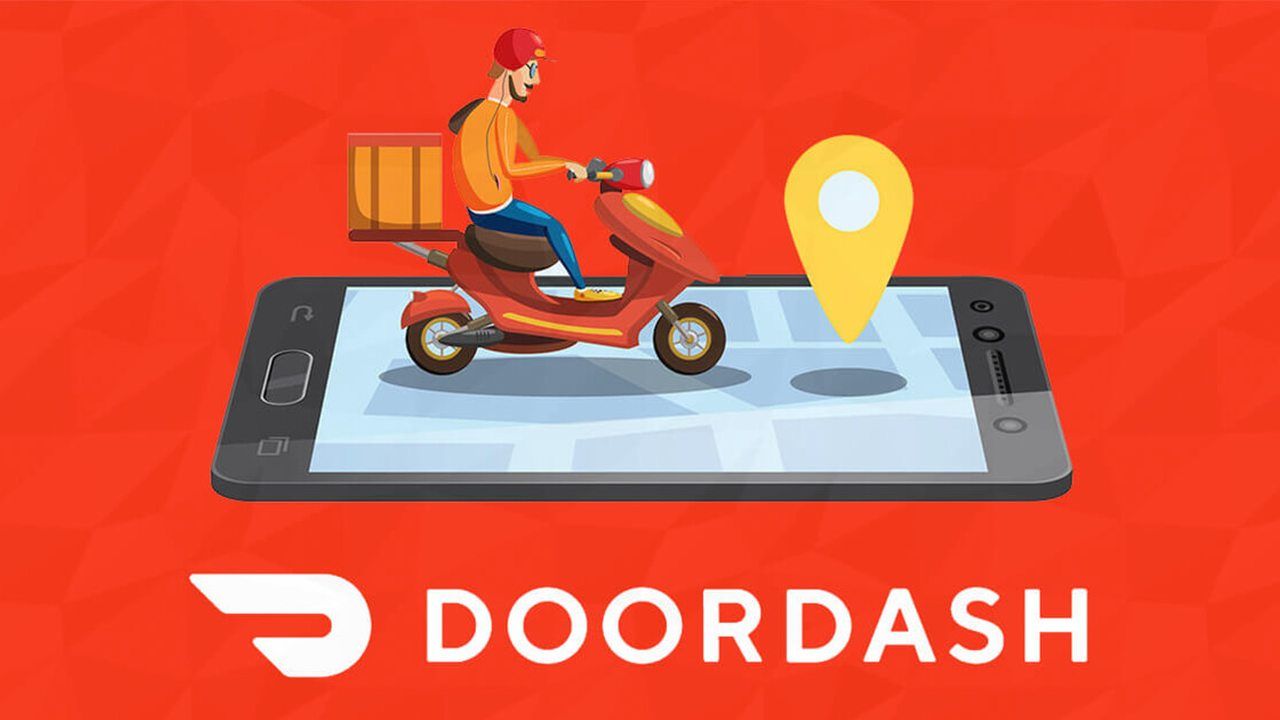Doordash & Delivery App Tech: How Algorithms Handle Tipping Systems sets the stage for this enthralling narrative, offering readers a glimpse into a story that is rich in detail and brimming with originality from the outset.
From the impact of algorithms on tipping behavior to the ethical considerations in algorithmic tipping, this topic delves into the fascinating world of technology in delivery apps.
Overview of Doordash & Delivery App Technology

Delivery apps like Doordash rely heavily on algorithms to streamline the ordering and delivery process for users. These algorithms play a crucial role in optimizing routes, estimating delivery times, and even suggesting popular restaurants based on user preferences.
When it comes to tipping systems, algorithms are used to provide users with suggested tip amounts based on the total order cost or delivery distance. This helps ensure that delivery drivers are fairly compensated for their service, while also giving users the option to adjust the tip amount as they see fit.
Impact of Technology on User Experience
- Personalized Recommendations: Algorithms analyze user data to suggest restaurants that align with their tastes, making the ordering process more convenient and enjoyable.
- Real-Time Tracking: Users can track their delivery in real-time, thanks to algorithms that monitor the driver's location and estimated arrival time.
- Feedback Loops: Algorithms collect feedback from users to improve service quality, leading to better overall experiences for both customers and delivery drivers.
Functionality of Tipping Systems
When using delivery apps like Doordash, tipping systems play a crucial role in rewarding drivers for their service. These systems are designed to provide users with the option to show appreciation for the delivery person's efforts beyond the base delivery fee.
How Tipping Systems Work Within Delivery Apps
Tipping systems within delivery apps allow customers to add an extra amount to their order as a tip for the driver. This tip is in addition to the delivery fee and is a way for customers to show gratitude for a job well done.
- Tips are usually added before completing the order and can be a fixed amount or a percentage of the total bill.
- Drivers receive the tips directly, providing them with an incentive to provide excellent service.
- Customers have the flexibility to adjust the tip amount after delivery based on their satisfaction with the service.
Factors That Determine How Much to Tip
Several factors can influence how much a customer decides to tip the delivery driver. These factors may include:
- The distance traveled by the driver to deliver the order
- The size of the order or special requests made by the customer
- The speed and quality of the delivery service
It's important to consider these factors when deciding on an appropriate tip amount to ensure fair compensation for the driver's efforts.
How Algorithms Calculate Suggested Tip Amounts
Algorithms used by delivery apps can calculate suggested tip amounts based on various factors, such as:
- The total cost of the order
- The estimated time and effort required for delivery
- The average tipping behavior of customers in similar situations
Impact of Algorithms on Tipping Behavior

Algorithms play a significant role in shaping customer tipping behavior when using food delivery apps like Doordash. These algorithms are designed to suggest tip amounts based on factors such as order total, delivery distance, and estimated time. This can influence how much users decide to tip their delivery drivers.
Influence of Algorithm-generated Suggestions
Algorithms often provide users with pre-set tip options or percentages of the total order amount. Customers may be more inclined to follow these suggestions, as they are presented as convenient and appropriate amounts to tip based on the order details.
This can lead to a standardization of tipping behavior among users.
- Users may rely on algorithm-generated suggestions without considering other factors that could influence the quality of service provided by the driver.
- Studies have shown that customers are more likely to tip higher amounts when presented with specific tip suggestions by algorithms, compared to when they have to manually enter a tip amount.
- Algorithm-generated tips can also create a sense of social pressure, as users may feel compelled to tip within the suggested range to align with social norms or avoid being perceived as stingy.
Ethical Considerations in Algorithmic Tipping

When it comes to algorithmic tipping systems, there are various ethical considerations that need to be taken into account to ensure fairness, transparency, and accountability in the process.
Fairness in Algorithmic Tipping
One of the key ethical considerations in algorithmic tipping is the issue of fairness. Algorithms must be designed in a way that ensures equal treatment for all users, regardless of any biases or discriminatory factors.
Transparency in Algorithmic Tipping
Transparency is crucial in algorithmic tipping systems to build trust with users. It is essential for users to understand how the algorithms work, how tips are calculated, and what factors are taken into consideration.
Accountability in Algorithmic Tipping
Ensuring accountability in algorithmic tipping means that there should be mechanisms in place to hold both the developers and the algorithms themselves responsible for any errors, biases, or unethical practices that may arise.
Examples of Controversies in Algorithmic Tipping
One notable controversy surrounding algorithmic tipping was the case of a delivery app using algorithms to prioritize higher-tipping customers, potentially leading to discrimination against lower-income individuals. Another example is when algorithms were found to be manipulating tip amounts without users' knowledge or consent.
Final Wrap-Up
As we conclude our exploration of how algorithms influence tipping systems in delivery apps, it becomes clear that the intersection of technology and gratuity is a complex yet intriguing landscape to navigate.
Quick FAQs
How do algorithms impact tipping systems in delivery apps?
Algorithms play a crucial role in suggesting tip amounts, influencing customer behavior, and enhancing the overall user experience.
What factors determine how much to tip in these apps?
Factors such as order size, delivery time, and service quality can all influence the tipping amount in delivery apps.
Do users tend to follow algorithm-generated tip suggestions?
While some users may follow suggested tip amounts, others may choose to tip based on their own discretion and experience.
Are there any ethical concerns regarding algorithmic tipping?
Ethical considerations in algorithmic tipping include issues of fairness, transparency, and accountability, which can spark debates and controversies.











